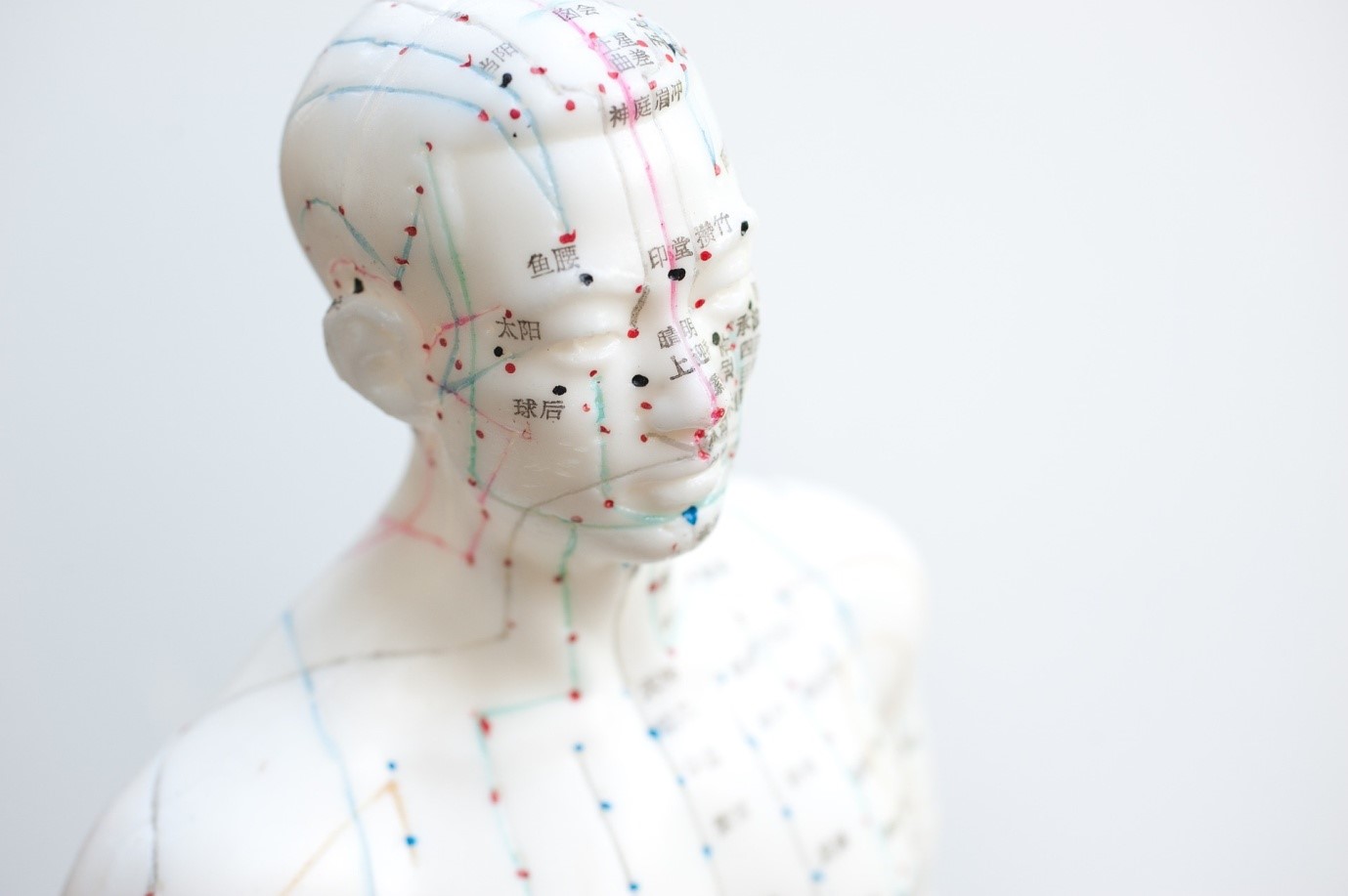
How physiotherapists use dry needling to treat injuries and reduce pain
Dry needling and acupuncture are two of those treatments that always result in raised eyebrows at first from my patients. At first glance, plenty of people aren’t keen on the prospect of being jabbed with tiny needles, it sounds counterproductive to kicking pain doesn’t it? But after one session, more often than not, they’re converts and ready to start ongoing dry needling treatment. It really is that good.
Dry needling is a treatment where trained physiotherapists use a very thin needle to push through the skin in order to stimulate and release myofascial trigger points (knots in the muscle) in the body to improve function and pain.[1]
How does dry needling work?
Dry Needling aids in decreasing local muscular pain and improving function by releasing myofascial trigger points without injecting any substance, hence the ‘dry’ aspect. When the fine filament needle is inserted into a myofascial trigger point, it helps the affected muscle fibres to relax by providing them with fresh oxygen and nutrients, as well as facilitating the flushing of additional acidic chemicals that cause pain and impede function. This leads to the decompression of the local blood and nerve supply and a feeling of relief deep in the muscles.
Dry needling is based on Western anatomical and neurophysiological principles and has been the subject of decades of research at all levels of science and physiotherapy. Dry needling should not be confused with the Traditional Chinese Medicine (TCM) technique of acupuncture.
What is the difference between acupuncture and dry needling?
Contrary to popular belief, dry needling is not the same as acupuncture, although there are similarities between the techniques. The main difference between dry needling and acupuncture is found in the theories behind why each of the techniques works. Dry Needling focuses on the reduction of pain and restoration of normal function by releasing myofascial trigger points in muscle. In contrast, acupuncture is dedicated to the treatment of medical conditions via the restoration of the flow of energy (chi) through key points in the body to restore balance.
TCM is based on ancient Chinese philosophy and culture, with traditional acupuncture needles inserted into defined acupoints in an effort to unblock energy meridians and help to restore balance within bodily systems.
What does dry needling feel like?
During a Dry Needling treatment at the hands of your physio it is not uncommon to feel a slight sting as the needle is inserted and removed. This discomfort is only fleeting and shouldn’t last longer than a second before settling. Many patients also feel a brief muscle twitch during treatment when the needle is inserted into a myofascial trigger point, but it is more of a relief than painful. In some cases the insertion of the needle into a trigger point muscle can create a slight ache, but most patients do not feel the needles being inserted at all. There is definitely not the pain you would feel if you accidentally pricked your finger with a sewing needle.
After Dry Needling some patients experience heaviness in their limbs like after a big workout, followed by a feeling of relaxation. We recommend that after a dry needling session to apply heat or ice (depending on the needling site) and drinking plenty of fluids to ensure a good flushing out of the system.
What can dry needling be used to treat?
Physiotherapists utilise dry needling to release or inactivate trigger points in an effort to relieve pain or improve range of motion. Research supports the notion that dry needling improves pain control and reduces muscle tension around the sites at which nerve impulses are transmitted to muscles. This help speed up the patient’s return to active rehabilitation. [2] There are a wide range of orthopaedic and musculoskeletal conditions that can be treated with the use of dry needling in conjunction with an ongoing treatment plan and techniques such as massage therapy.
A 2017 study found that “the application of dry needling into trigger points of suboccipital and upper trapezius muscles induces significant improvement of headache index, trigger points tenderness, functional rating index and range of motion in patients with cervicogenic headache”.[3]
Other problems that can be helped with acupuncture/dry needling include:
- Chronic back or neck pain
- Migraines and headaches
- Sports injuries
- Tennis elbow
- Repetitive strain injuries
- Work related injuries
- Motor vehicle injuries
Musculoskeletal physiotherapists recommend patients to undergo a number of dry needling sessions in order to get the best and longest lasting benefit. This is because trigger points are often located under deep layers of muscle and it can take several sessions for the changes in the muscle to take full effect.
Make an appointment with one of our physiotherapists for an assessment to see myofascial dry needling is appropriate for your condition.
[1] Spinaris T, DiGiovanna EL (2005). Chapter 12: Myofascial release. An Osteopathic Approach to Diagnosis and Treatment (3rd ed.). Lippincott Williams & Wilkins. pp. 80–82
[2] Kalichman L, Vulfsons S. Dry needling in the management musculoskeletal pain. J Am Board Fam Med. 2010;23(5):640–646.
[3] Comparison of acute effects of superficial and deep dry needling into trigger points of suboccipital and upper trapezius muscles in patients with cervicogenic headache Sedighi, Asefeh et al. Journal of Bodywork and Movement Therapies , Volume 21 , Issue 4 , 810 – 814



